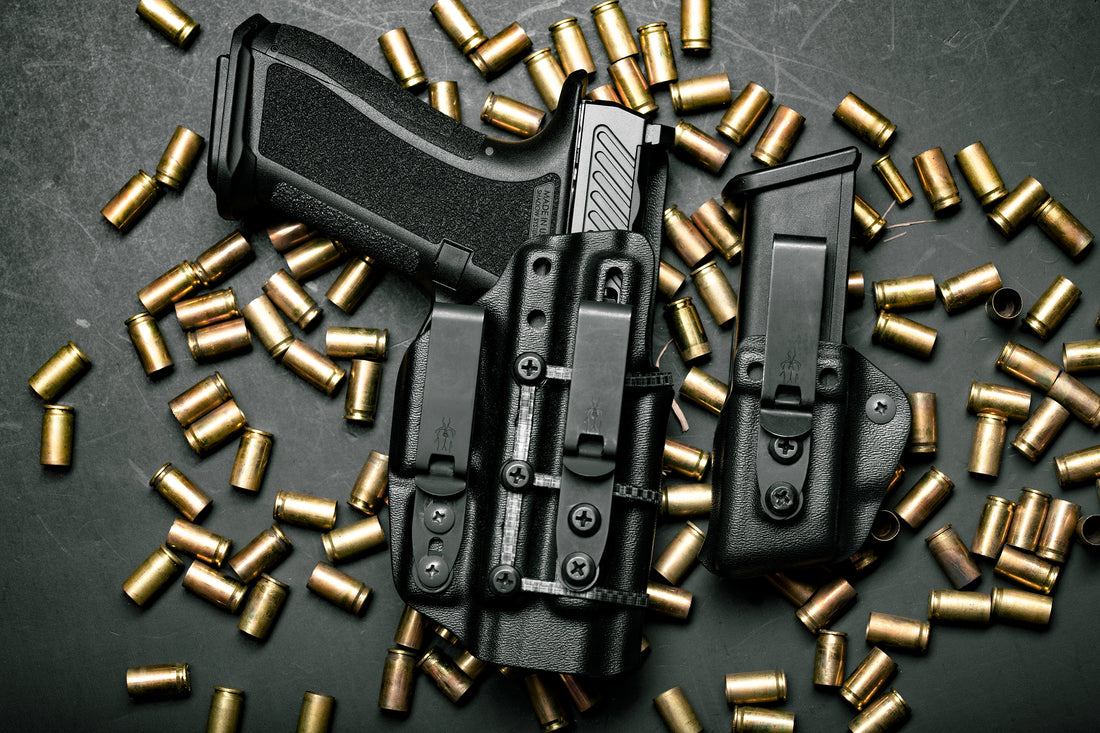Ballistics, the study of the motion and behavior of projectiles, is a fascinating field that plays a vital role in firearms and ammunition development. Whether you are a shooting enthusiast or simply interested in the mechanics behind bullet flight, understanding the principles of ballistics can deepen your knowledge and enhance your shooting experience. In this blog post, we will explore the fundamentals of ballistics, including key terms, factors affecting bullet trajectory, and the science behind terminal ballistics.
1. Key Terms in Ballistics:
To grasp the concepts of ballistics, it's essential to become familiar with a few key terms:
- Muzzle Velocity: The speed at which a projectile leaves the barrel of a firearm. It is measured in feet per second (fps) or meters per second (m/s).
- Trajectory: The path followed by a projectile in flight. It is influenced by factors such as gravity, air resistance, and initial velocity.
- Bullet Drop: The decrease in the trajectory of a bullet as it travels downrange due to the effects of gravity and air resistance.
- Windage: The horizontal deviation of a bullet's flight caused by the wind.
- Terminal Ballistics: The study of the behavior of a projectile upon impact, including penetration, expansion, and energy transfer.
2. Factors Affecting Bullet Trajectory:
Several factors impact the trajectory of a bullet, including:
- Gravity: As soon as a projectile is fired, gravity begins to exert its force, causing the bullet to follow a curved path.
- Air Resistance: Commonly referred to as drag, air resistance slows down a bullet as it travels through the air, affecting its velocity and trajectory.
- Bullet Weight and Shape: The weight and shape of a bullet influence its aerodynamic properties and stability during flight, which in turn affects its trajectory.
- Muzzle Velocity: The initial speed at which a bullet is fired plays a significant role in determining its trajectory. Higher muzzle velocities result in flatter trajectories and less bullet drop over longer distances.
- Environmental Factors: Elements such as wind speed, temperature, humidity, and altitude can all affect the trajectory of a bullet. Wind, in particular, has a significant impact on bullet flight and requires careful consideration.
3. Terminal Ballistics: Understanding Bullet Performance upon Impact:
Terminal ballistics is concerned with how a bullet behaves upon impact with a target. Key aspects include:
- Penetration: The ability of a bullet to penetrate the intended target, such as a gel block, ballistic plate, or living tissue.
- Expansion: This refers to the expansion of the bullet upon impact, especially in the case of hollow-point or soft-point ammunition, which is designed to deform and create a larger wound channel.
- Energy Transfer: The transfer of energy from the bullet to the target upon impact, which can cause tissue damage and incapacitation.
4. Practical Applications of Ballistics:
Understanding ballistics is crucial for various shooting applications:
- Long-Range Shooting: Knowledge of bullet trajectory and external factors like windage is critical for long-range precision shooting.
- Hunting: Understanding the terminal ballistics of different ammunition types helps hunters select the appropriate round for their target, considering factors such as bullet expansion and penetration.
- Self-Defense: Ballistic knowledge aids in choosing effective self-defense ammunition that balances penetration, expansion, and stopping power.
Ballistics is a complex and fascinating field that encompasses the study of projectile motion, bullet trajectory, and terminal ballistics. By understanding the fundamental principles of ballistics, shooters can make informed decisions when selecting ammunition, account for external factors affecting bullet flight, and improve their overall shooting proficiency. So the next time you head to the range or engage in discussions about firearms, you can appreciate the science behind the flight of a bullet and its impact on the target.

